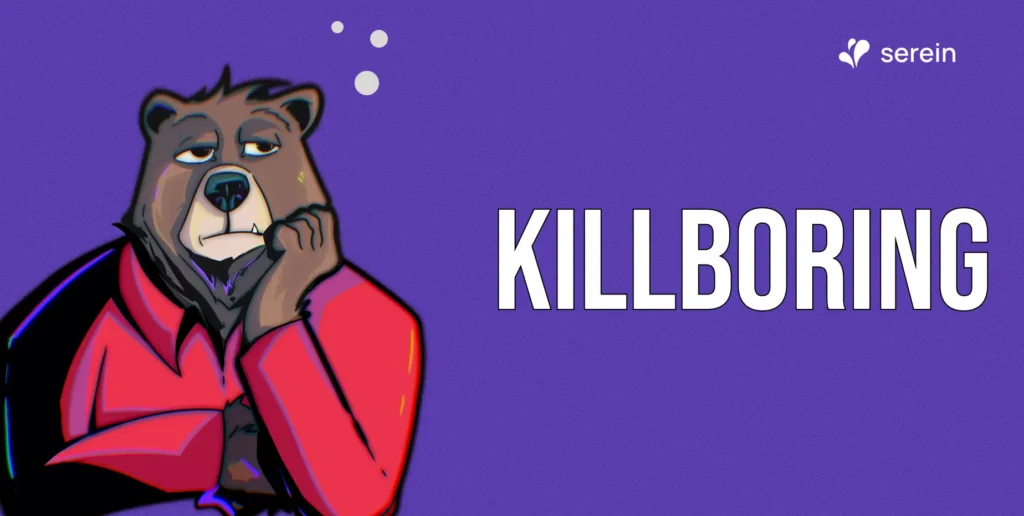Did you know that a significant proportion of people with disability (PwD) tend to hide their disability at work? According to one study, only 39% of employees with disabilities disclose this to their managers. Fewer disclose it to their teams or HR and none to their clients. Of course, people with a visible disability have no choice but to disclose it. Nearly 62% of the people surveyed in this study had invisible disabilities including mental health conditions. A HBR study recommends steps to take to disclose one’s invisible disability and that includes looking for signals of support, getting to know a manager, identifying allies (a peer you can trust), and join (or start) an Employee Resource Group (ERG) or an affinity group.
Another recent HBR study showed that 76% of people with disabilities surveyed do not fully disclose their disability at work as they fear retaliation, slower progression, and less meaningful roles. The author of this same study described her journey with hiding Multiple Sclerosis (MS) at work for more than a decade and how it significantly increased her anxiety levels and impacted her confidence and engagement levels negatively at work.
These above-mentioned challenges are for people with disabilities who are employed. But many PwD still continue to face obstacles for their employment and have less access to opportunities compared to their counterparts without disability. A research study conducted in 2020 examined the perceived barriers for employing PwD and they fall in one of the following categories: 1. Number of qualified people with disabilities with managers reporting that they “rarely see” any in their applicant pool; 2. Recruitment process barriers including the application process with electronic job boards and company websites having poor accessibility features; lack of mention of disability in the diversity policy statements; 3. Hiring managers’ beliefs that PwD do not want challenging careers or assignments; 4. Cost of accommodations with the belief that productivity benefits are not enough to justify the cost to the business; 5. Impact of employees with disabilities on co-workers especially in terms of social integration; managers fear that co-workers without disability may resent having to work more to compensate for the anticipated low productivity of PwD. As this study showed, there are a lot of negative perceptions of managers about PwD and their contribution in the workplace. Contrary to these negative attitudes, earlier research has shown that employees with disabilities have a positive effect on the organisational attitudes of their co-workers, and overall improvement of morale, and this precludes the superficial stereotype of being “inspirational”.
An educational intervention of just one hour of providing basic information about disability and the associated categories, description of barriers faced by PwD at work, identification of myths and misperceptions about disability, correcting myths about disability and replacing them with facts, and providing guidance on interaction with PwD (disability etiquette) proved to be beneficial in improving knowledge and attitudes of participants towards PwD. This demonstrates the value of training sessions for improving inclusion and belonging for disability. Further policies involving direct contact with people with disability, information and awareness campaigns and anti-discrimination enforcement are likely to make a significant difference for people with disabilities at work.
Creating truly inclusive workplaces means going beyond accessibility checklists. It requires building a culture of trust, empathy, and awareness. When people with disabilities feel safe enough to bring their whole selves to work, organisations benefit from greater engagement, innovation, and loyalty. Yet, the data shows that fear of stigma, bias, and misunderstanding continues to keep many employees silent about their disabilities.
Bridging this gap begins with education and intentional leadership. Simple yet meaningful actions, from awareness training and inclusive policies to ensuring accessible recruitment processes, can dismantle the barriers that keep talent hidden. The goal should not be just to employ people with disabilities, but to create environments where they can thrive, contribute fully, and be seen for their skills rather than their limitations.
Inclusion is not an act of charity, it’s a collective commitment to fairness and human dignity. When workplaces recognise that, everyone stands to gain.
At Serein, our work in disability inclusion across the globe has created impact for a decade. Write to us at hello@serein.in.


